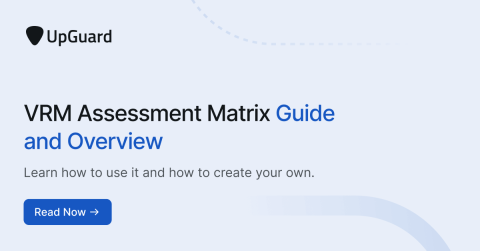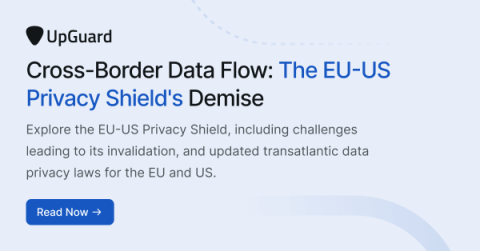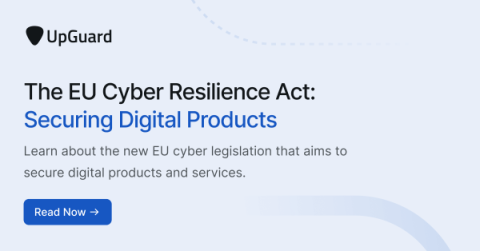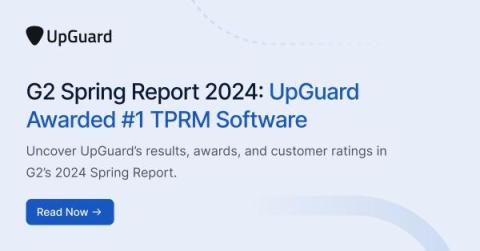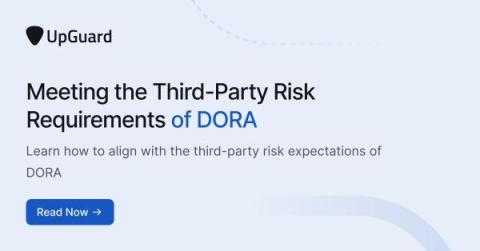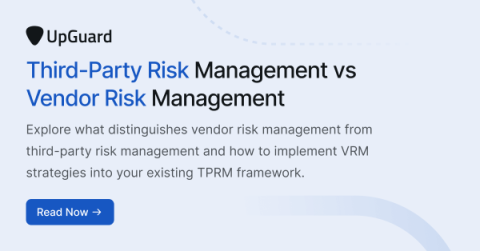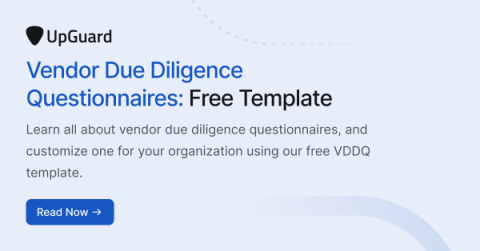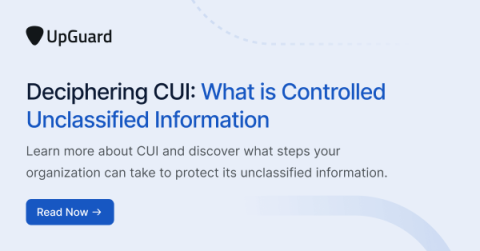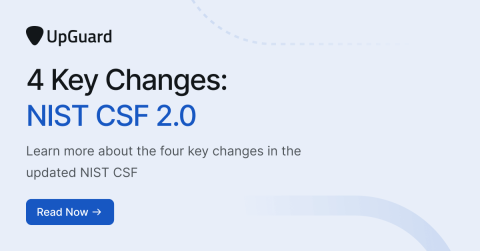Vendor Risk Management Assessment Matrix (Clearly Defined)
A vendor risk management assessment matrix could enhance your visibility into vendor risk exposure, helping you make more efficient risk management decisions. In this post, explain what a vendor risk assessment matrix is, how to use it, and provide a step-by-step guide for designing your own.


